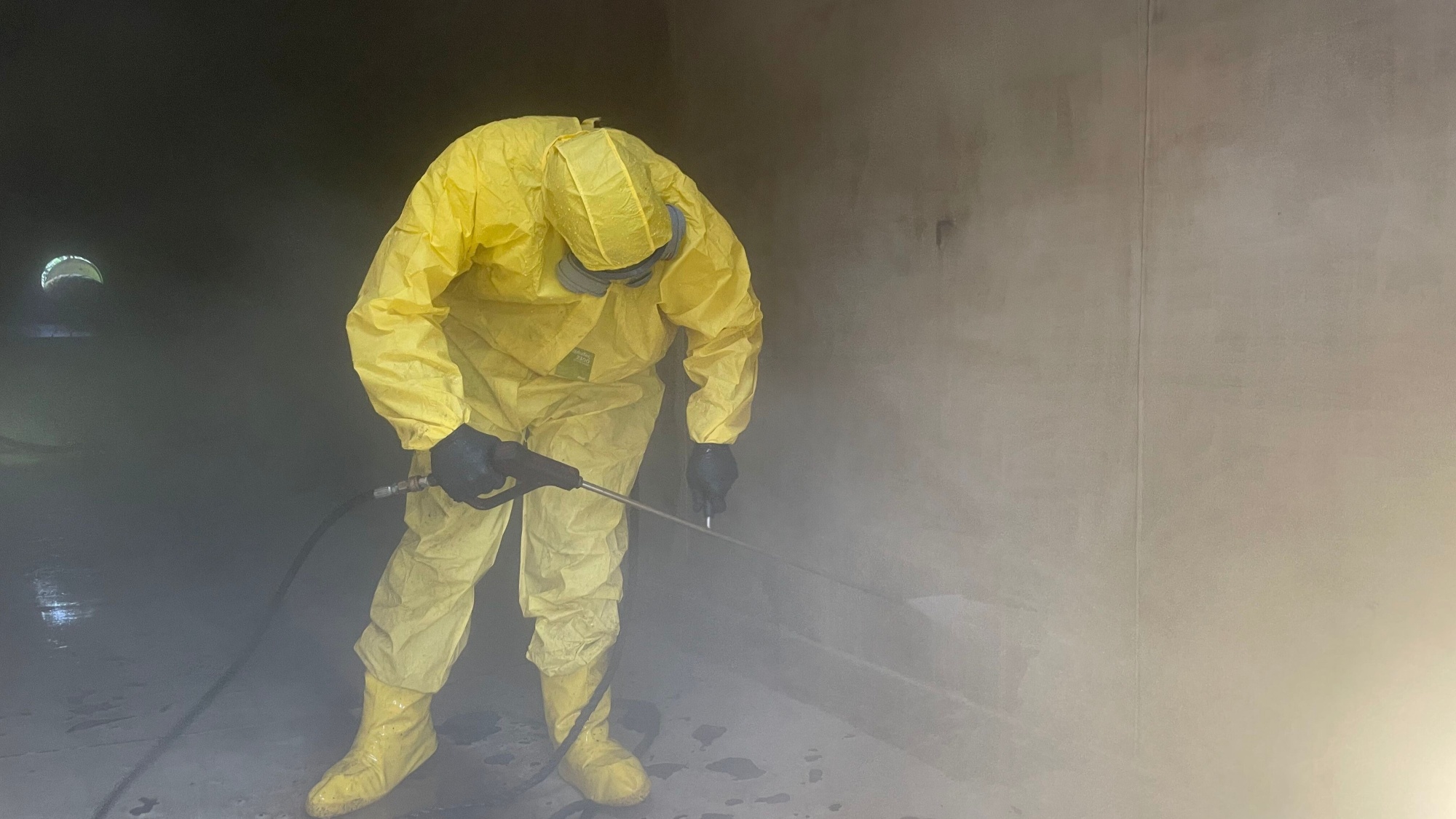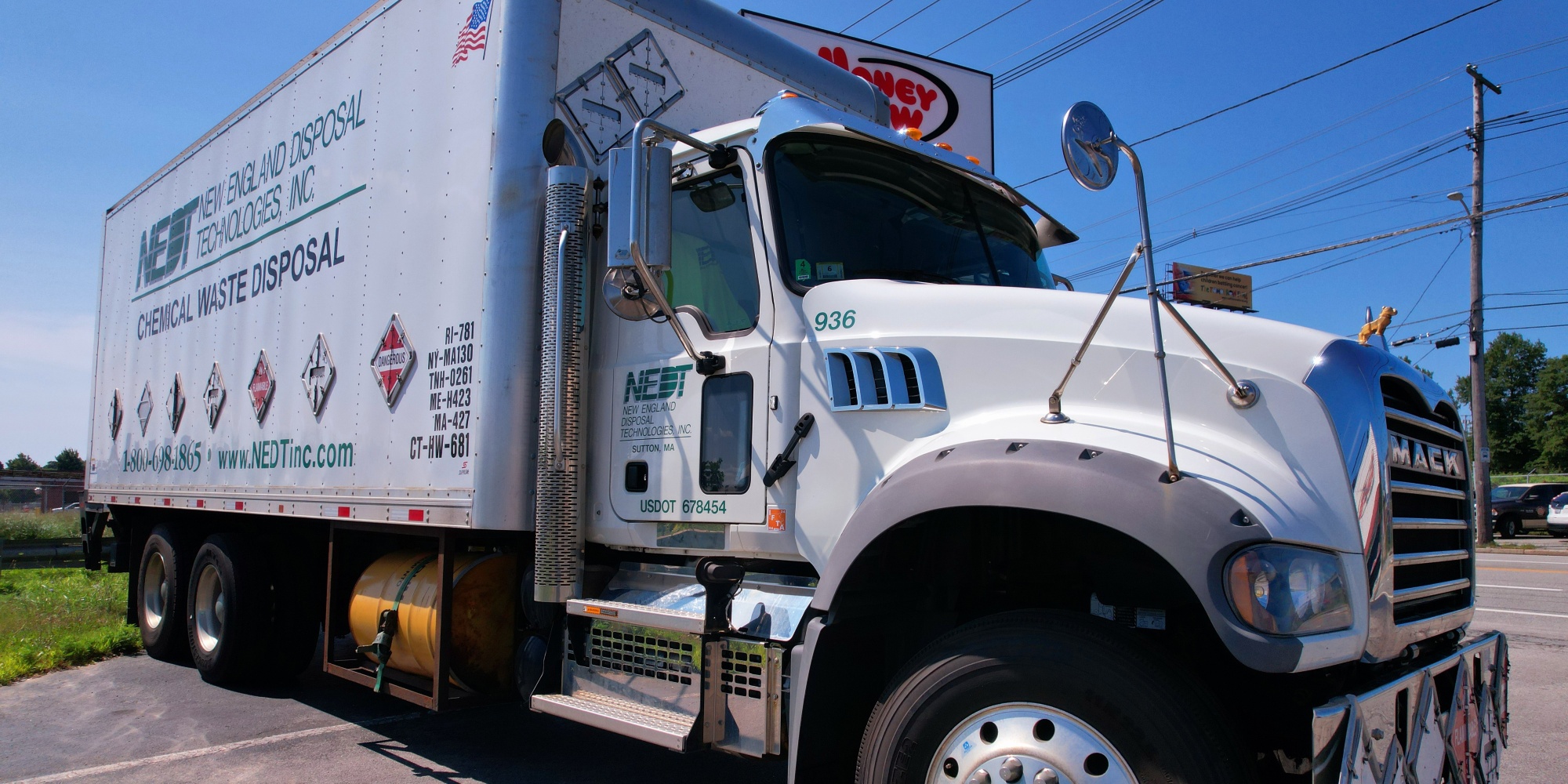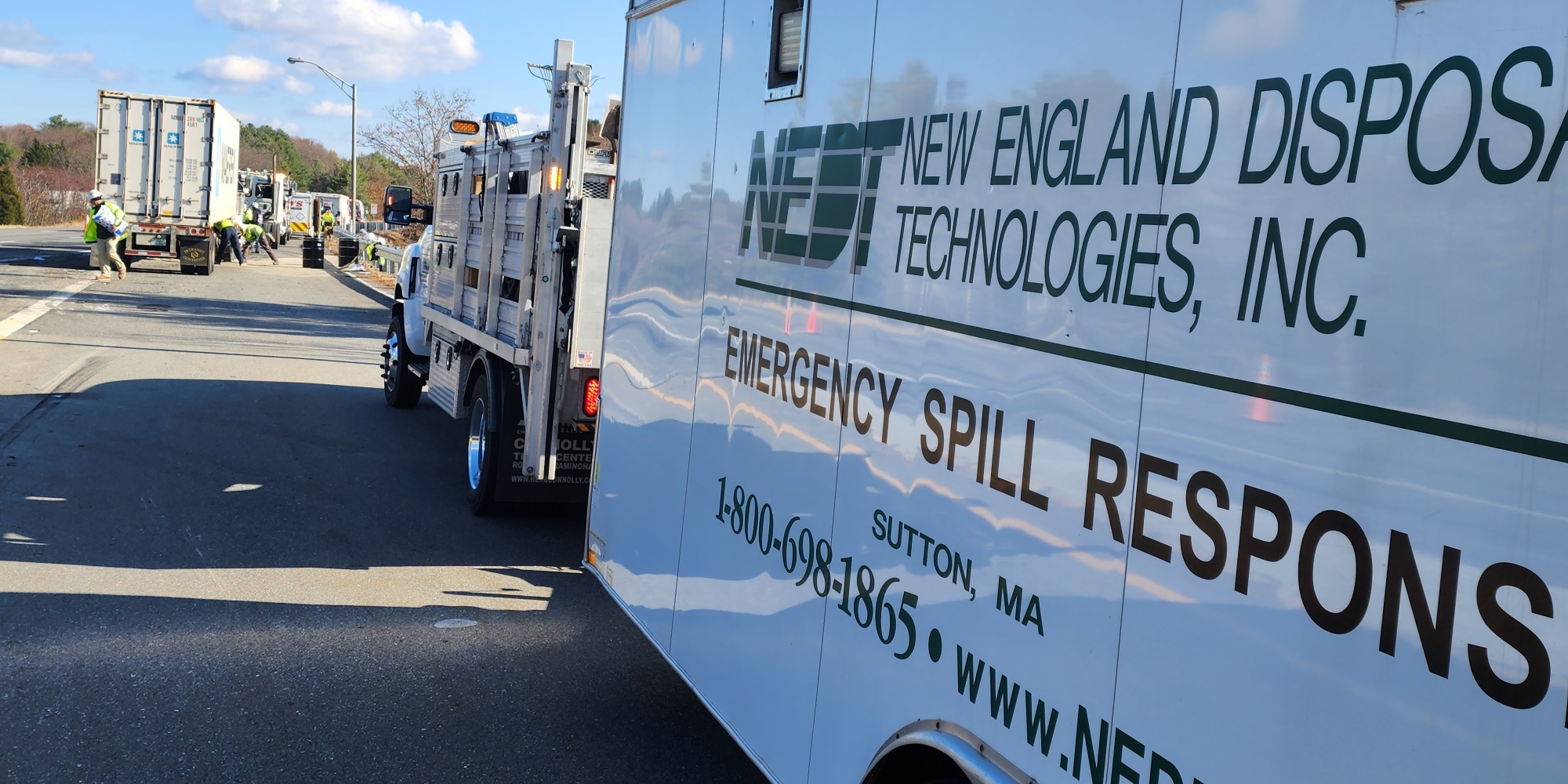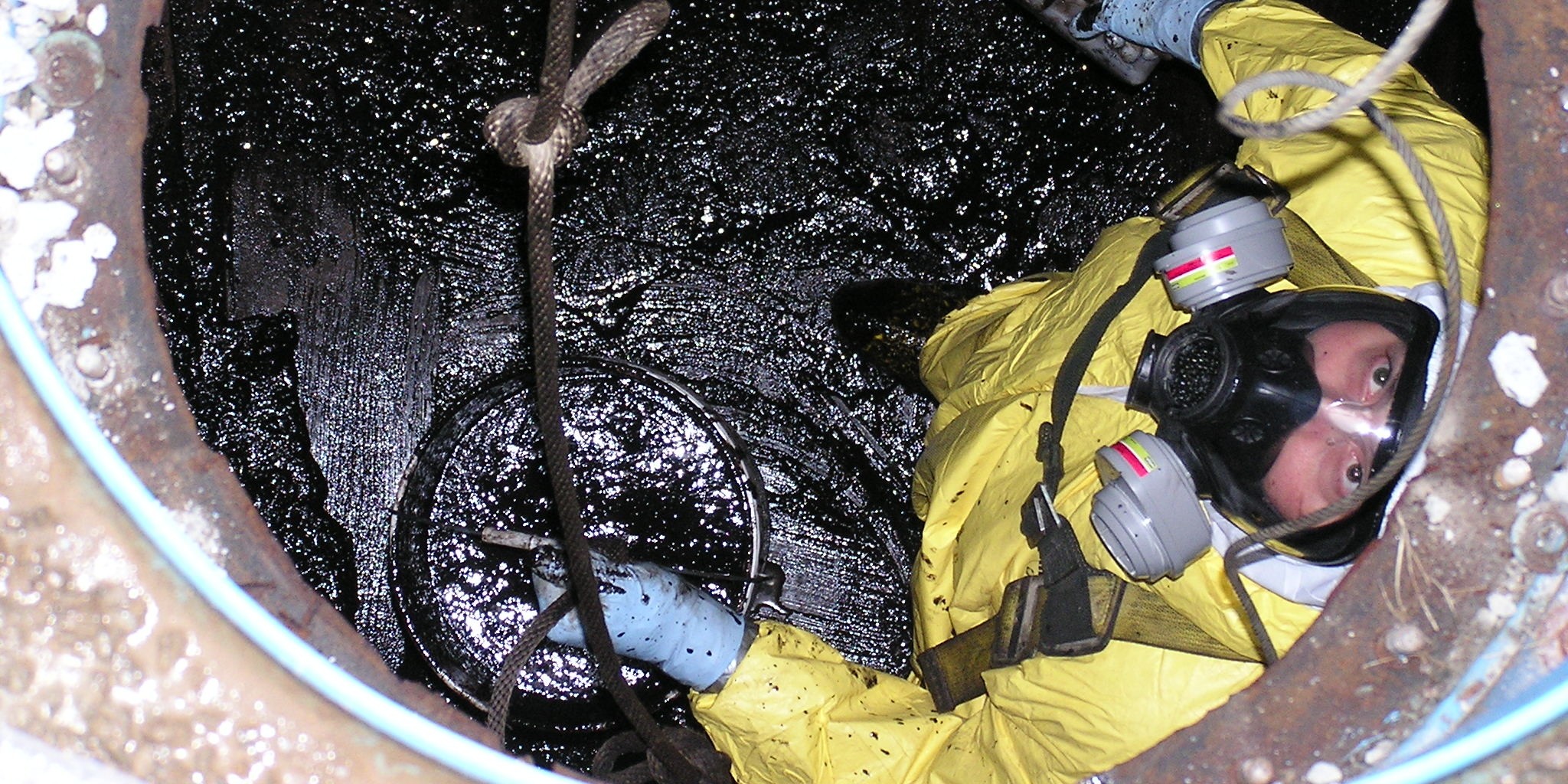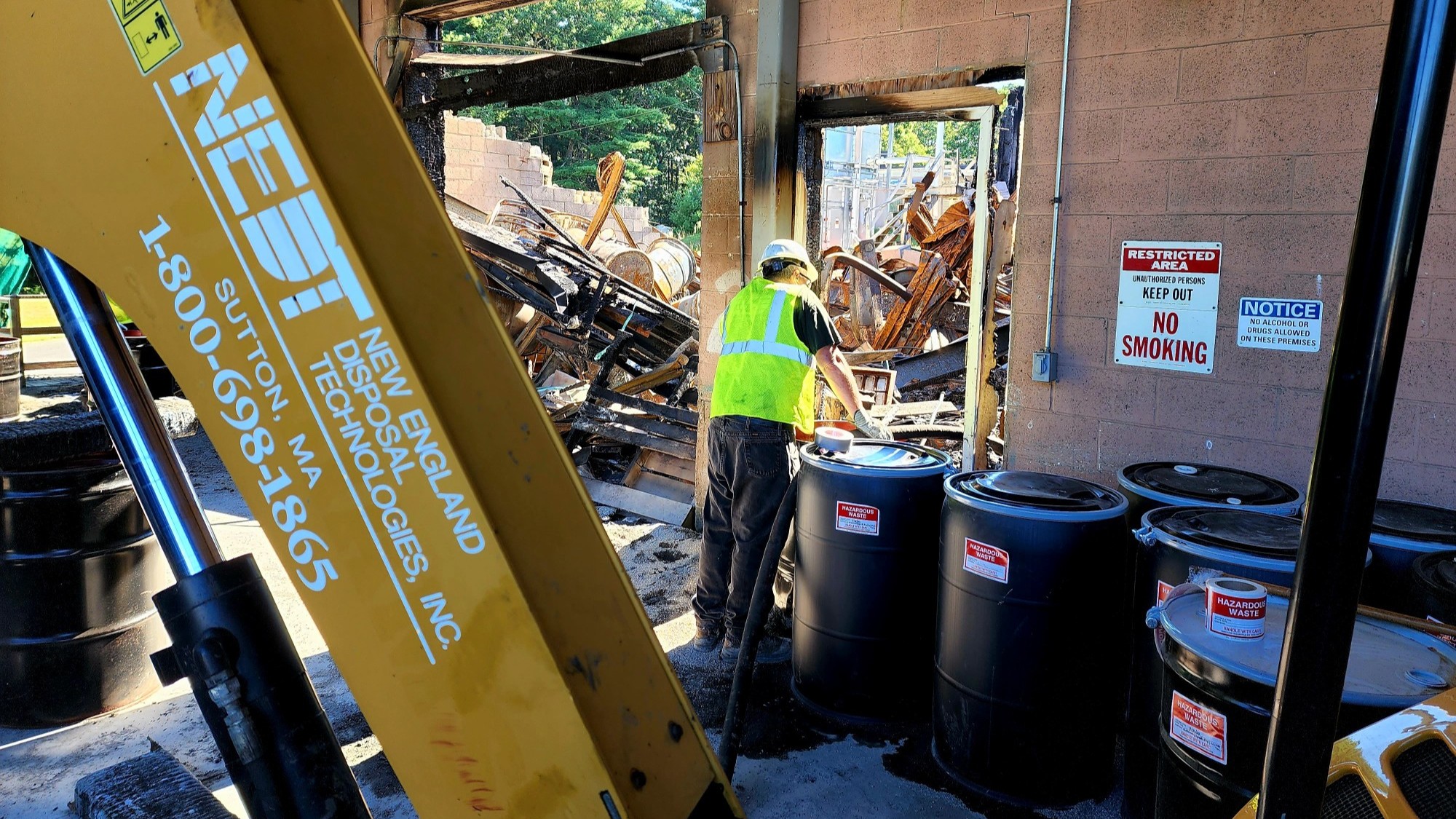Whether you’ve got a place on your residential property rendered unusable by a leaking oil tank or are eyeing a neighboring industrial brownfield to expand your corporation onto, dealing with contaminated property can be a headache of time, money, and government oversight. Today, we want to go over what it takes to restore a contaminated site to operation, including reasons for remediation, steps for decontamination, and how having the right management can make all the difference.
Reasons for Site Remediations
First, let’s go over some of the most common scenarios that make property owners look into site remediation. Depending on your specific circumstances, it may include multiple reasons:
- Buying New Property: Whether you’re eyeing property for a commercial expansion or as a homeowner, you may need to deal with remediation before use.
- Restoration After a Disaster: A common complication in an industrial disaster is hazardous waste. You may need to decontaminate before resuming operations.
- Decontamination Before Sale: Depending on the level of decontamination, you may need to remediate before or as part of a property sale.
- Resolving Hazardous Contamination Early: It often makes sense to deal with decontamination before it gets to the regulatory levels.
- MA Brownfields Redevelopment Fund: Massachusetts’s 1998 Brownfields Act puts aside funds for decontamination for redevelopment projects.
Not sure if a site is contaminated? In Massachusetts, the Executive Office of Energy and Environmental Affairs (EEA) has a waste site search portal you can use to view waste sites and reported releases.
Steps For Site Decontamination
There are three major steps to site decontamination. First, you need to contact the right people; second, you need to get the site remediated by specialists; and third, you need to have state and federal agencies sign off on the decontamination as successful. We dive more into the steps in our blog, What Does a Site Remediation Project Include?
Contact the Right People
Your first step is getting the right people, information, and permits so you can properly scope out both the contamination and the steps you’ll need to take to meet regulations. Sections here will be specific to Massachusetts, including the Massachusetts Department of Environmental Protection (MassDEP), but have similar steps in many states.
- Start with Your Local Fire Department: Especially for residents or sites you’re not sure are contaminated, this is the best place to start.
- Department of Environmental Protection: MassDEP needs to be contacted if the contamination exceeds a certain amount (see Section 40.0300 of the MCP).
- A Licensed Site Provider: In Massachusetts, a Licensed Site Provider (LSP) must be hired to oversee the process. Learn more and search for one on the MassDEP LSP page.
- Hazardous Waste Contractors: For the actual work, you’ll need contractors with the permits and skills for the hard work of decontamination. You can also contact them for recommendations of an LSP.
You can learn more about this first step in our blog, You Think Your Property is Contaminated: What Now?
The Hard Work of Site Decontamination
Next comes the hard work from your contractors. Working with the LSP to create a plan that will fulfill regulatory requirements, hazardous waste specialists will work to decontaminate the property. This is often a multi-stage project, including containment, on-site remediation, deep cleaning, and transportation & disposal. For a good example, check out our NEDT Case Study on the Newburyport Explosion.
Getting a Regulatory Clean Bill of Health
Before, during, and after the work on a contaminated site, there will be paperwork. This includes contacting and completing regulatory paperwork for local, state, and federal, interfacing with your insurance company for coverage, and ensuring that the scope set by the LSP has been met. MassDEP also audits a percentage of all cleanups to demonstrate that the work completed meets the state requirements. Once the LSP signs off, the property is ready for use again!
NEDT has been overseeing site remediation projects for over 30 years, with the vehicles, tools, staff, and subcontractors to get everything done to remediate contaminated properties and restore them for future use. With the connections needed with the various agencies and LSPs that regulate and guide remediations in MA and beyond, we’re here to help from step one. From hazardous waste disposal to tank removal, our fleet of vehicles and staff can make your remediation project as quick and easy as possible. Contact us today to learn more and start the process.


